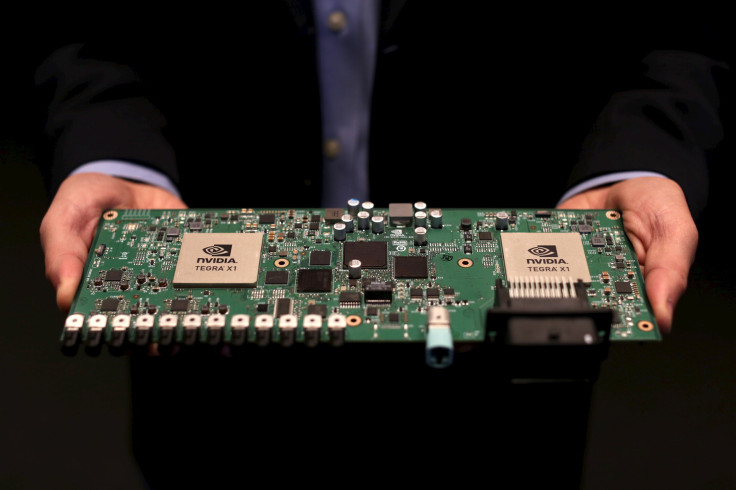What Are Capacitors Used For? Breakthrough Increases Energy Storage

Welcome to the future you probably didn't know to dream up: New research has found a method, using nanotechnologies, to increase the energy storage capacity of an often overlooked but integral energy technology -- capacitors. For the uninitiated, news that capacitors are getting better might sound like a confusing subject, but the discovery has the potential to drive down prices and make products slimmer. Here's what they do.
Capacitors are one of the main ways technologies store energy. They have a specific advantage in some scenarios over batteries, which is the speed at which they release energy. While batteries release energy over a longer period of time -- sometimes for years, as is the case for watches -- capacitors quickly let go of a blast of energy. For instance, camera flashes need a big load of electricity all at once, so capacitors charge up just before that flash and then quickly let it all go when it's time to say "cheese."
Capacitors are found all over the place, can be used in several ways and come in all different shapes and sizes. They can be used as timing devices because they charge up at regular intervals. They can be in laptops or they can be gigantic and attached directly to the power grid.
The discovery was reported by a group of researchers from the University of Delaware and the Chinese Academy of Sciences, and promoted Wednesday by the University of Delaware. One common challenge for capacitors is that they are really bad at storing as much energy as batteries, so a series of them may be necessary to provide all the electricity needed for a particular application. But the new research says that that can change.
"With our approach, we achieved an energy density of about 2 watts per kilogram, which is significantly higher than that of other dielectric capacitor structures reported in the literature," Bingqing Wei, a professor of mechanical engineering at the University of Delaware, said of his research.
The research was reported in the paper “Dielectric Capacitors With Three-Dimensional Nanoscale Interdigital Electrodes for Energy Storage” in the journal Science Advances, an open-access online publication.
© Copyright IBTimes 2025. All rights reserved.






















